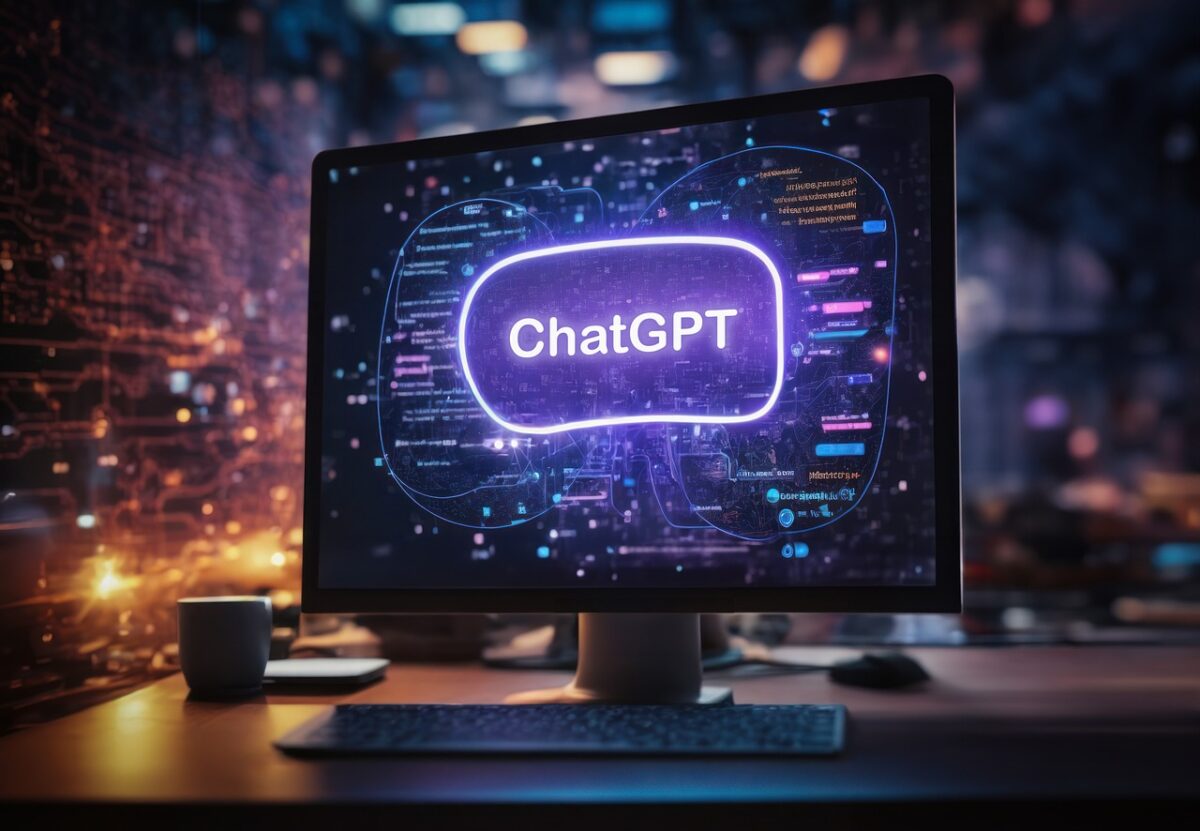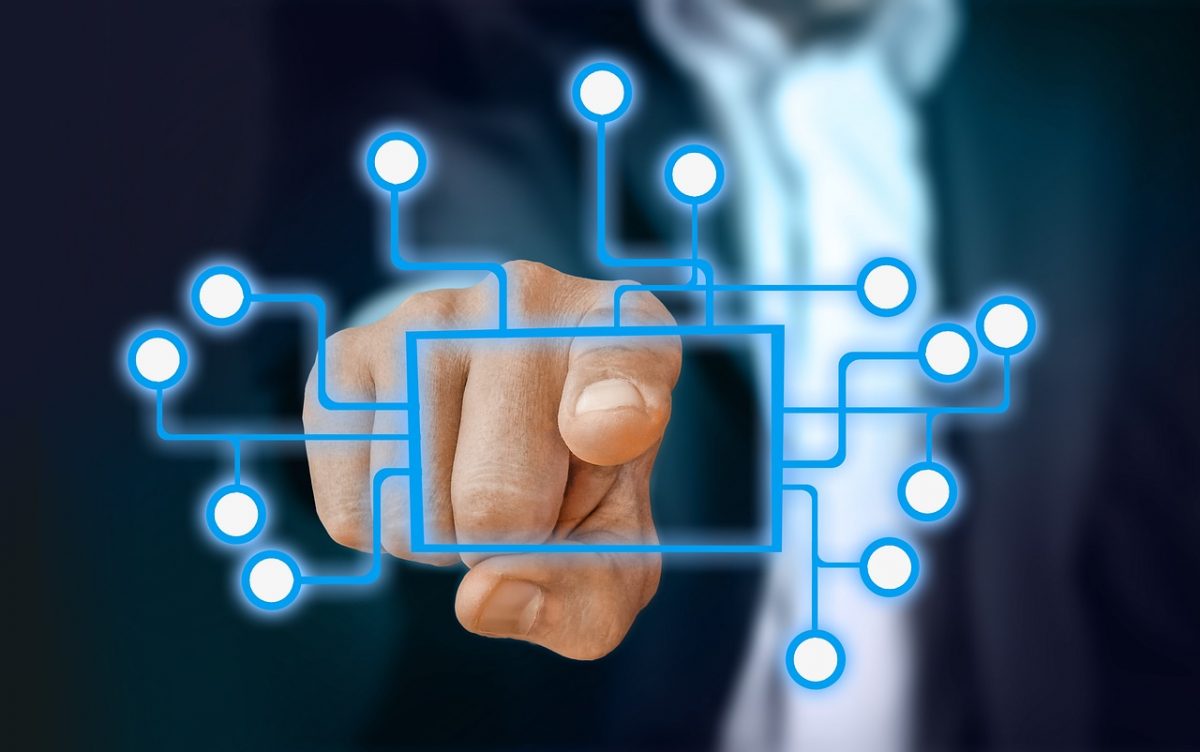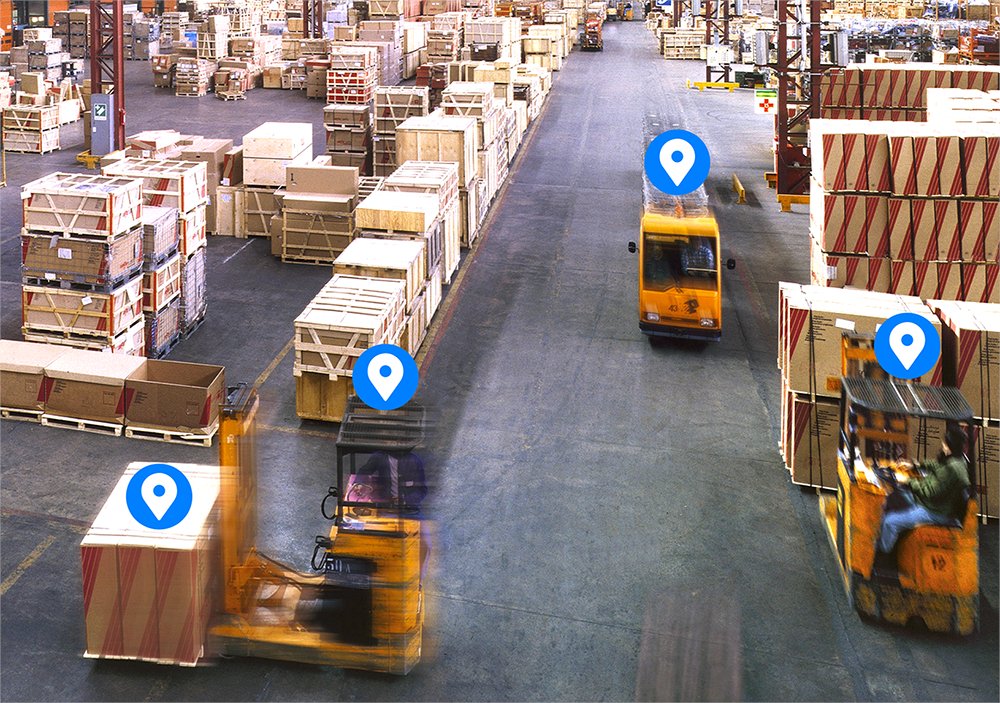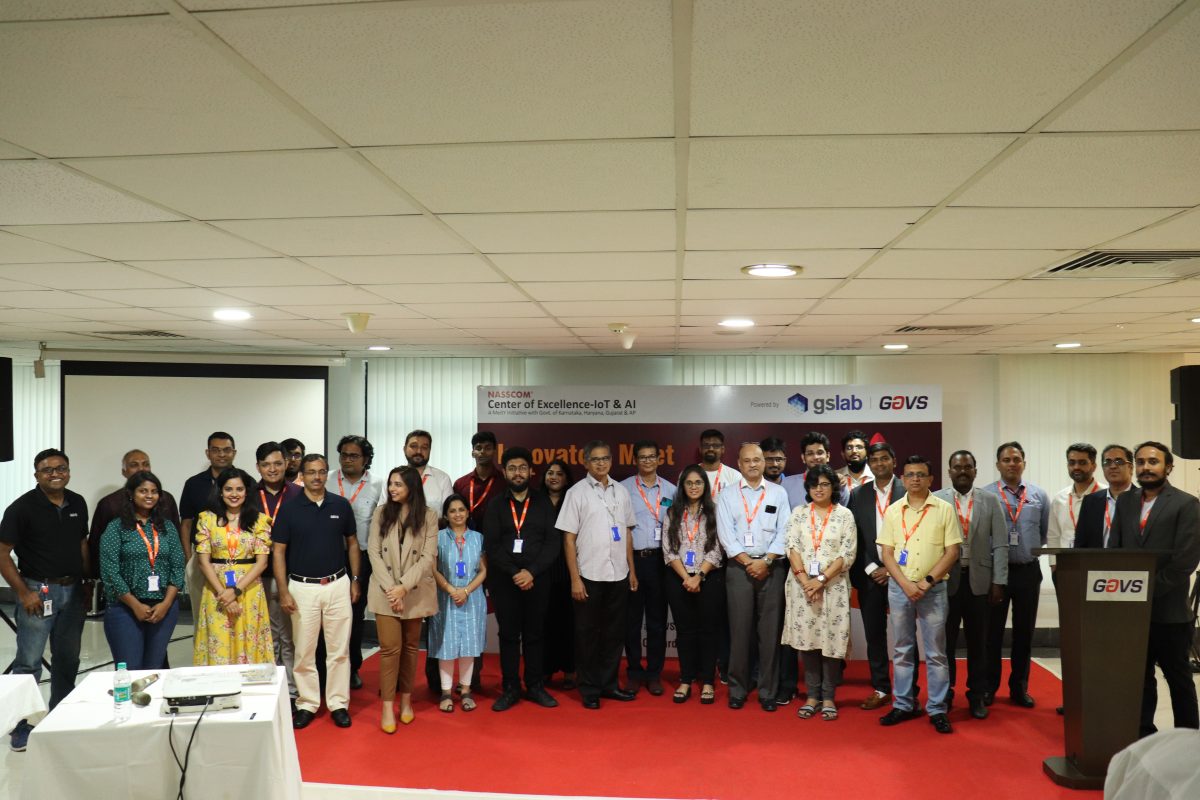The emerging new technology advances all over the various mediums are transforming industries and daily lifestyles as they redefine existing human-technology boundaries. We present the most significant trends of the year that shape the technology world.
A Generative AI storm
Generative AI is presently at the forefront of the revolution that artificial intelligence brings. By creating new content from unstructured data, this technology is catching on like wildfire throughout sectors such as healthcare and finance. Productivity and innovation are enhanced by purely automated tasks and insights delivered by generative AI from large data sources. Enhanced operations, new product development, and personalized customer experience are some of the capabilities generated for companies by this new technology, which in turn fosters growth and competitiveness.
Another significant development in AI is AI in Scientific Discovery. The discovery process has been hastened by strong input from AI into research, particularly in health and sustainability, making discoveries much faster and predictions very accurate. Artificial Intelligence in scientific methods is transforming the research paradigm and allowing scientists to solve problems in ways that have never been possible. For example, AI algorithms can search huge datasets to uncover patterns and correlations that would likely elude even the most dedicated human researchers while making great strides in areas of drug discovery or in climate science.
Quantum Computing
Quantum computing is moving away from pure theoretical research and becoming linked more to practical applications, seriously impacting fields such as cryptography and drug discovery. Using qubits for calculations, quantum computers have the potential for much more complex calculations than classical computers. This incalculable increase in computational power stands to benefit industries investing huge resources into quantum technologies, with IBM among those hambling at the front line.
These are just some of the applications; the potential is endless. For example, because nuclear encryption cannot be easily hacked by any computerized systems, a complete quantum computer might be able to crack all conventional encryption. It means that data processing will be required to develop algorithms that can resist quantum disruption, along with drug discovery where quantum simulations will model molecular interactions that could not have been captured previously. Quantum computing- discloses to science and industry-future paths toward advance systems.
5G Rollout
The 5G network permits an even more high-speed and latency-free communications link. It has really sustained the further establishment of some developing areas of an Internet of Things, augmented reality, and cars that are fully autonomous going toward real-time information processing and conveyance. In the end, industry-wide automation and productivity will reach levels completely unthought of.
Using 5G communications, a hybrid and fully automated vehicle application can use real-time communications, boosted by increased safety and efficiency. Indeed, 5G has the appropriate bandwidth and low latency to afford instantaneous linking of billions of devices for IoT applications. It results in smart environments that adapt swiftly and easily to user inputs. New opportunities for innovation and economic growth become available across industries with the advent of 5G.
Digital Twins
In fact, this is a new digital twin technology that is being applied to industries by replicating real-world scenarios into a virtual version of the real-world system. This would be digital models for improved observation of their optimization and predictive maintenance, especially in the manufacturing and healthcare fields. Digital twins enable businesses to simulate reality to test and refine without the associated risks of live trials.
For example, in manufacturing, a digital twin can enable an individual to monitor machine performance, predict when maintenance is needed, and optimize production processes. Digital twins are also able to experiment with the different clinical conditions of a patient through simulation and trial and error modeling for developing treatment retrospectively, hence enhancing individualized patient care and furthering medical research. Clearly, a capacity to develop digital replicas that are at once representative and flexible is one of the driving forces behind operational efficiency and subsequent innovations.
The Metaverse
The metaverse is now an extension of virtual and augmented realities mixed with an ever-immersive experience where users can interact socially and economically using avatars, cryptocurrencies, and NFTs. Many organizations are investing in the mushrooming metaverse, wherein they anticipate the next frontier of interaction.
The metaverse allows digital avatars to indulge not just in attending virtual events but also shopping from online bazaars, sharing ideas through virtual workspace collaboration. It raises vital ethical considerations about user experience pertaining to such digital interactions, such as data protection and the implications for mental well-being. The metaverse would soon become one of the prime elements of the digital economy and the social psyche.
Connectivity
Emerging technologies are optimizing wireless communications by dynamically altering wireless reconformable intelligent surfaces (RIS) and specifically focusing wireless signals to enhance signal strength and coverage, especially in environments where this is difficult to achieve. This is precisely the USP of RIS technology, improving both the reliability of the network and the attention towards environmental sustainability.
This is what the latest connectivity technology would do for the use and increased demand of high-speed internet and connected devices. Improved network reliability and efficiency increase the pace at which smart environments can grow while opening avenues for new applications in remote work, telemedicine, and online education.
Takeaway
The evolution of technologies in 2024 is primarily represented through a fast and rapid revolution in landscape development. Transforming industries and dominating the way we interact with technology is an evolving course of technologies such as artificial intelligence, quantum computing, connectivity, and new computing paradigms. The very trends are now moving forward towards their promise of considerable economic growth, efficiency that matters, and the enhancement of the quality of human life.
The openness of AI is democratizing powerful technologies of enterprise size or beyond, but the power of quantum computing will revolutionize the very domains of cryptography and drug discovery. The much-anticipated extension of 5G is already creating the smart city and enabling further near-real-time applications. Edge computing, on the other hand, satisfies local requirements for data processing and security. Digital twins have been transforming efficiency across sectors, while smart cities will deploy advanced technologies for environmental sustainability. The metaverse would open up a whole new venue for social and economic interactions as connectivity technologies improve the reliability of the network.
These shaping technologies will continue to create a new era and bring solutions to many problems.











